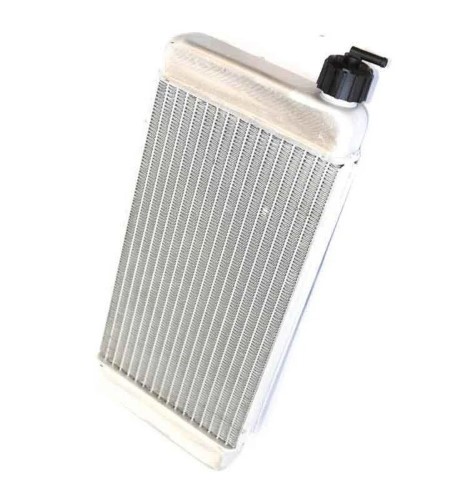Proper installation of the IAME X30 radiator is essential to ensure optimal engine performance, maintain cooling efficiency, and prevent potential damage to the kart engine. IAME X30 radiator is a high-performance radiator specifically designed for IAME X30 engines and requires careful attention during installation to maximise its effectiveness. Understanding key considerations will help kart owners and mechanics achieve reliable cooling and long-lasting performance on the track.
1. Correct Positioning and Mounting
The first step in installing the IAME X30 radiator is ensuring correct positioning and secure mounting. Ideally, the radiator should be mounted in front of the engine where it can receive maximum airflow without obstruction. Most chassis designs allow for a vertical or slightly angled orientation, which promotes efficient heat dissipation.
It is essential to use the proper mounting brackets and hardware provided with the radiator or recommended by the manufacturer. Loose or misaligned brackets can lead to vibration, stress on the radiator core, and potential damage during operation. Double-checking alignment before final tightening ensures the radiator sits flush and securely, avoiding strain on hoses and connectors.
2. Angle Adjustment for Optimal Cooling
The angle of the radiator significantly affects its cooling performance. For typical racing conditions and ambient temperatures between 20°C and 30°C, a 55° angle is recommended. However, this can be adjusted in 5° increments depending on specific environmental conditions or track requirements.
3. Secure and Proper Hose Connections
Correct hose installation is critical to prevent leaks and ensure smooth coolant flow. All hoses should be inspected for cracks, wear, or signs of damage before connection. High-quality hose clamps should be used and tightened securely to avoid any coolant leaks during operation.
When routing hoses, ensure there are no kinks or sharp bends, as this can restrict flow and reduce cooling efficiency. A smooth, continuous path for the coolant allows the engine to maintain consistent operating temperatures and prevents hotspots that can lead to overheating.
4. Using a Radiator Curtain in Cold Conditions
In colder racing conditions, installing a radiator curtain can help maintain optimal engine temperature. The curtain reduces the amount of cold airflow entering the radiator, preventing the engine from overcooling and ensuring consistent performance.
When installing a curtain, ensure it does not obstruct airflow completely, as the radiator still needs sufficient cooling to operate effectively. Regular inspections of the curtain are recommended to identify any wear or misalignment that could interfere with cooling.
5. Bleeding the Cooling System
After mounting and connecting all components, it is crucial to bleed the cooling system to remove any trapped air. Air pockets in the radiator or hoses can lead to uneven coolant flow, hotspots, and reduced cooling efficiency.
Follow the manufacturer’s recommended procedure for bleeding, which typically involves filling the radiator with coolant, running the engine, and carefully releasing trapped air through a bleed valve. Proper bleeding ensures the coolant circulates efficiently, providing consistent cooling across all engine components.
6. Routine Maintenance and Inspection
Even after correct installation, ongoing maintenance is essential. Inspect the radiator, hoses, and mounting brackets regularly for signs of wear, corrosion, or leaks. Cleaning the radiator fins from debris and dirt ensures unrestricted airflow, which is critical for maintaining cooling performance.
7. Additional Considerations
Other factors to consider include ensuring the radiator does not interfere with other chassis components, wiring, or fuel lines. Using heat-resistant materials near the radiator and keeping it free from obstruction helps avoid heat buildup in surrounding components.
Selecting the correct coolant and maintaining appropriate coolant levels are equally important. Using the manufacturer-recommended coolant prevents corrosion, maintains proper heat transfer, and ensures peak performance.
Conclusion
Installing the IAME X30 radiator correctly is a vital step in optimising the performance and longevity of your kart engine. When purchasing parts from a trusted UK kart store like IC Kartstore, proper positioning, precise angle adjustment, secure hose connections, radiator curtain use, effective bleeding, and ongoing maintenance all contribute to an efficient cooling system. By paying attention to these installation considerations, kart owners can ensure reliable performance on the track, prevent overheating, and extend the life of their engine components.





